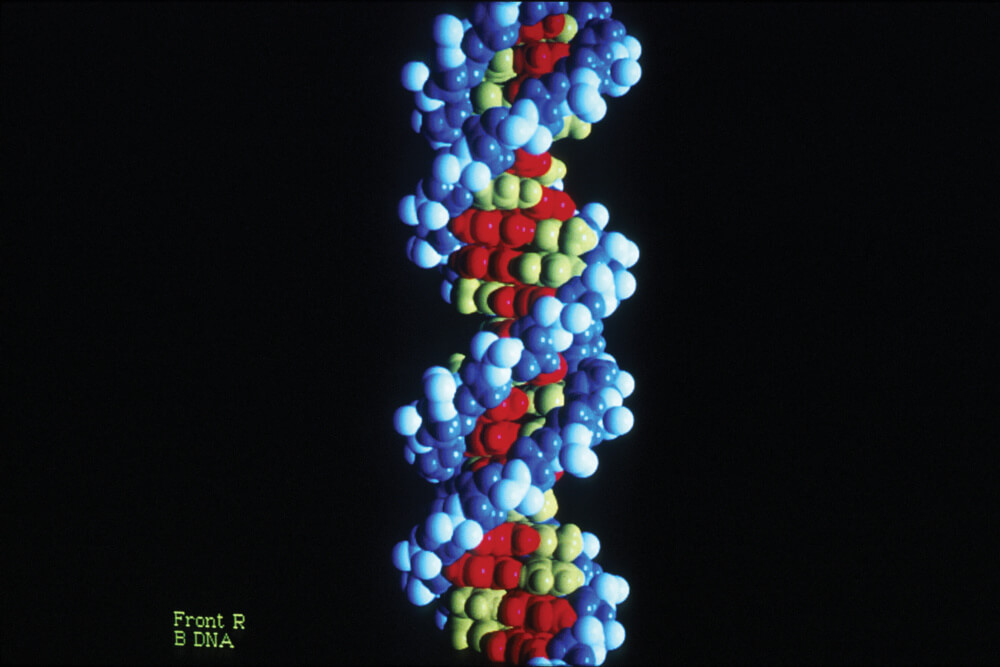Statistics show that one of every two men and one of every three women will develop some form of cancer during their lives. This makes cancer one of the most common diseases in the world, particularly in older people, although the risk that any given individual will develop cancer in any given year is quite small.
Cancer is so common largely because it is bound up with the basic instructions of life, carried by every cell within its DNA. Whenever a cell divides, it must make a perfect copy of its DNA to pass onto its daughter cells. With tens of trillions of cells in the body, some dividing multiple times a day, and billions of chemical letters in each set of DNA, the chance of an error arising during DNA duplication is substantial.

Such errors can take a variety forms: mutations, in which the wrong bases, or chemical letters, appear in a section of DNA; copy number alterations, in which sections of DNA are missing or overduplicated; and translocations, in which segments of DNA are spliced into the wrong section of a chromosome. Often, such abnormalities have no effect at all; but if they occur in genes that play a role in cancer, a cell may begin to grow out of control.
Cells have a variety of ways of responding to these mistakes. Special proteins “proofread” newly-copied to DNA for errors. If any irregularities are found, they can be corrected, or, if they’re too extensive for correction, the cell may self-destruct for the good of the body. The immune system provides another line of defense against cancer, identifying and killing cells that show signs of being or becoming cancerous.
But for a variety of reasons, cells’ internal quality-control systems and the scrutiny of the immune system sometimes fall short, allowing potentially cancerous cells to survive and pass their error-strewn DNA on to their daughter cells. As these descendants multiply and potentially pick up additional genetic abnormalities, they may become full-fledged cancer cells. Over time, enough of these wayward cells may accumulate into a mass and form a tumor.
One of the reasons cancer is common in older people is that, as the years pass, there are more cell divisions—and more opportunities for errors.
Cancer’s prevalence, then, is a matter of probability: The chance that a genetic abnormality will occur in a specific cell is tiny, but multiplied by trillions of cells multiplying over the course of a lifetime—and by the almost unlimited room for error in a genome with three billion pairs of bases—the odds of cancer occurring expand dramatically. The most surprising thing about cancer may be that it is not more common than it is.
One of the greatest ironies surrounding cancer is that it is, in some ways, the flip side of the process by which evolution occurs. Not all changes and alterations that arise within DNA are harmful; some can be beneficial. Evolution, in fact, depends on such alterations. If a rabbit inherits a gene variant that results in stronger muscles, it may be better able to outrun predators. The rabbit would be more likely to survive than its slower-footed mates, and pass on its genetic advantage to its offspring.
Cancer is common, in short, because genetic changes are common. The same process that enables creatures to better adapt to their environment can set cancer cells on their own course of evolution, to the detriment of the rest of the body. The challenge to science is to find ways of reducing the risk of cancer so people can enjoy the longest life possible.
Learn about cancer treatment from Dana-Farber Cancer Institute.
